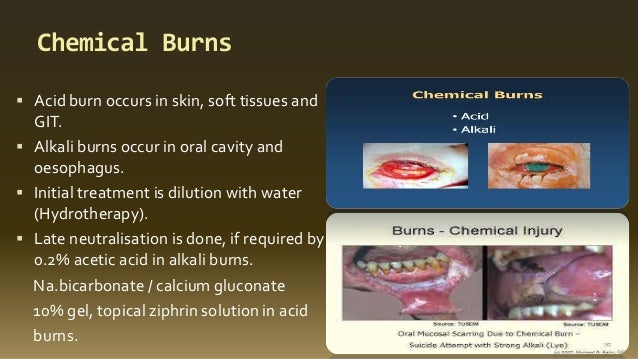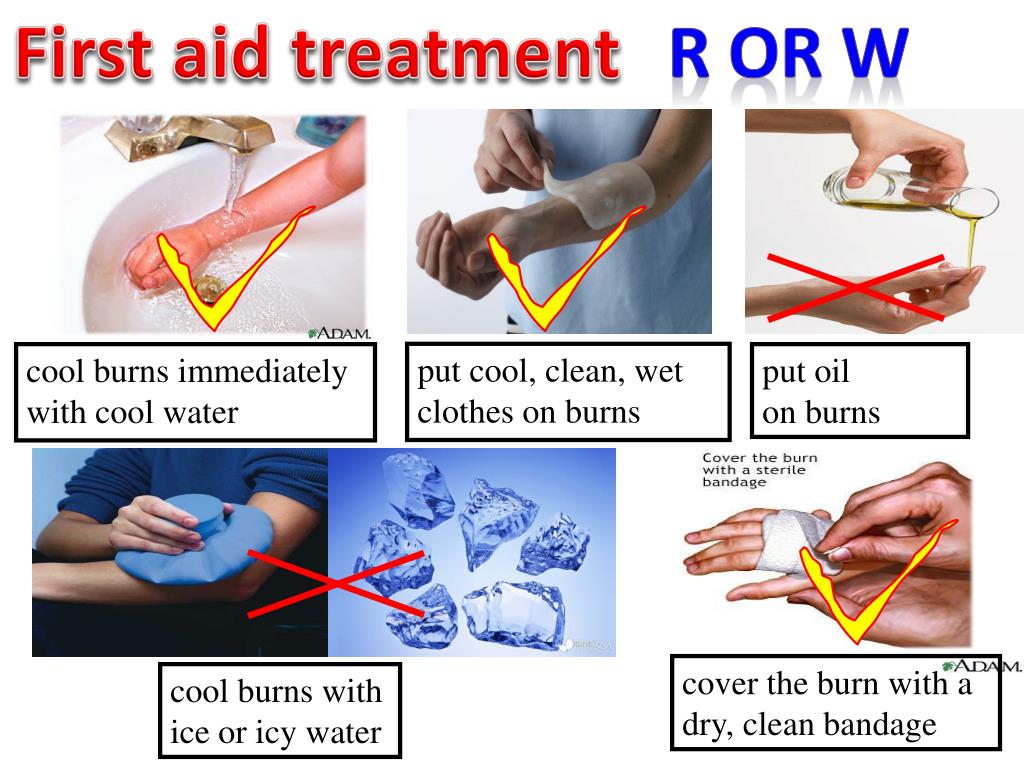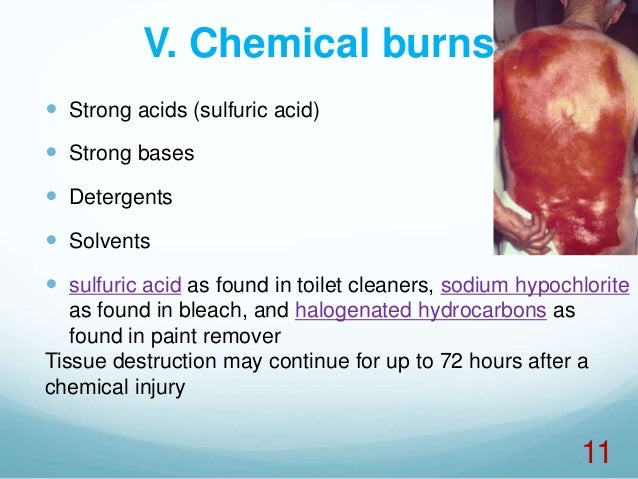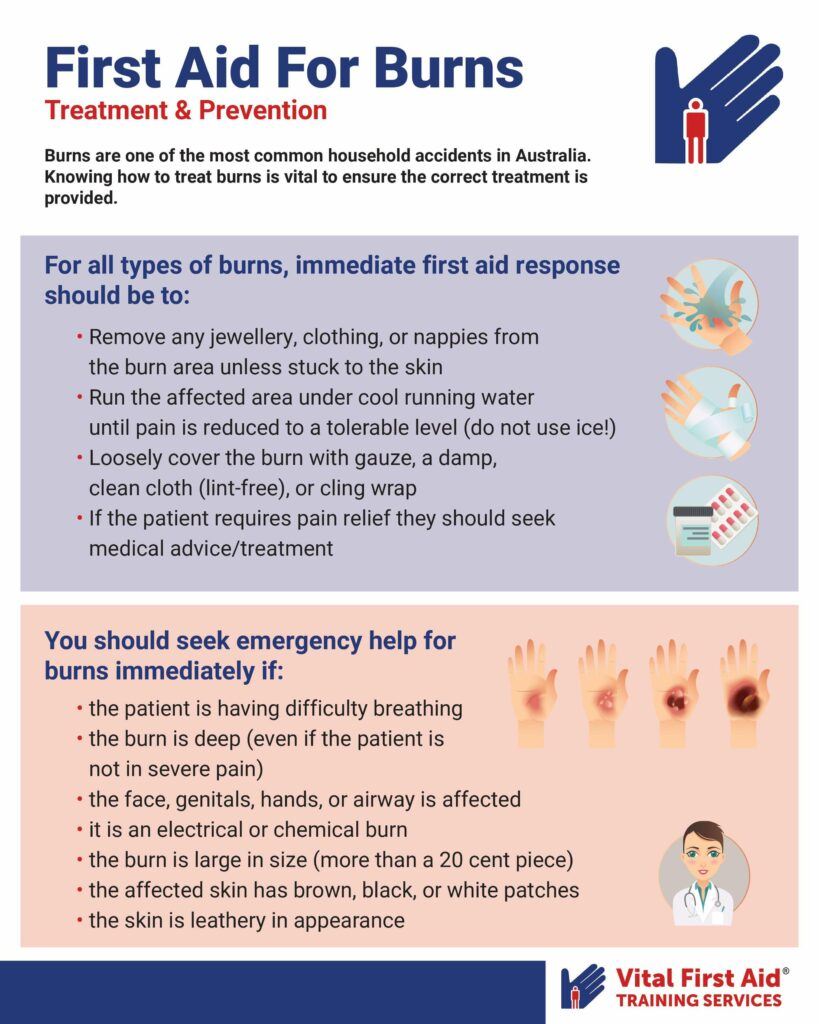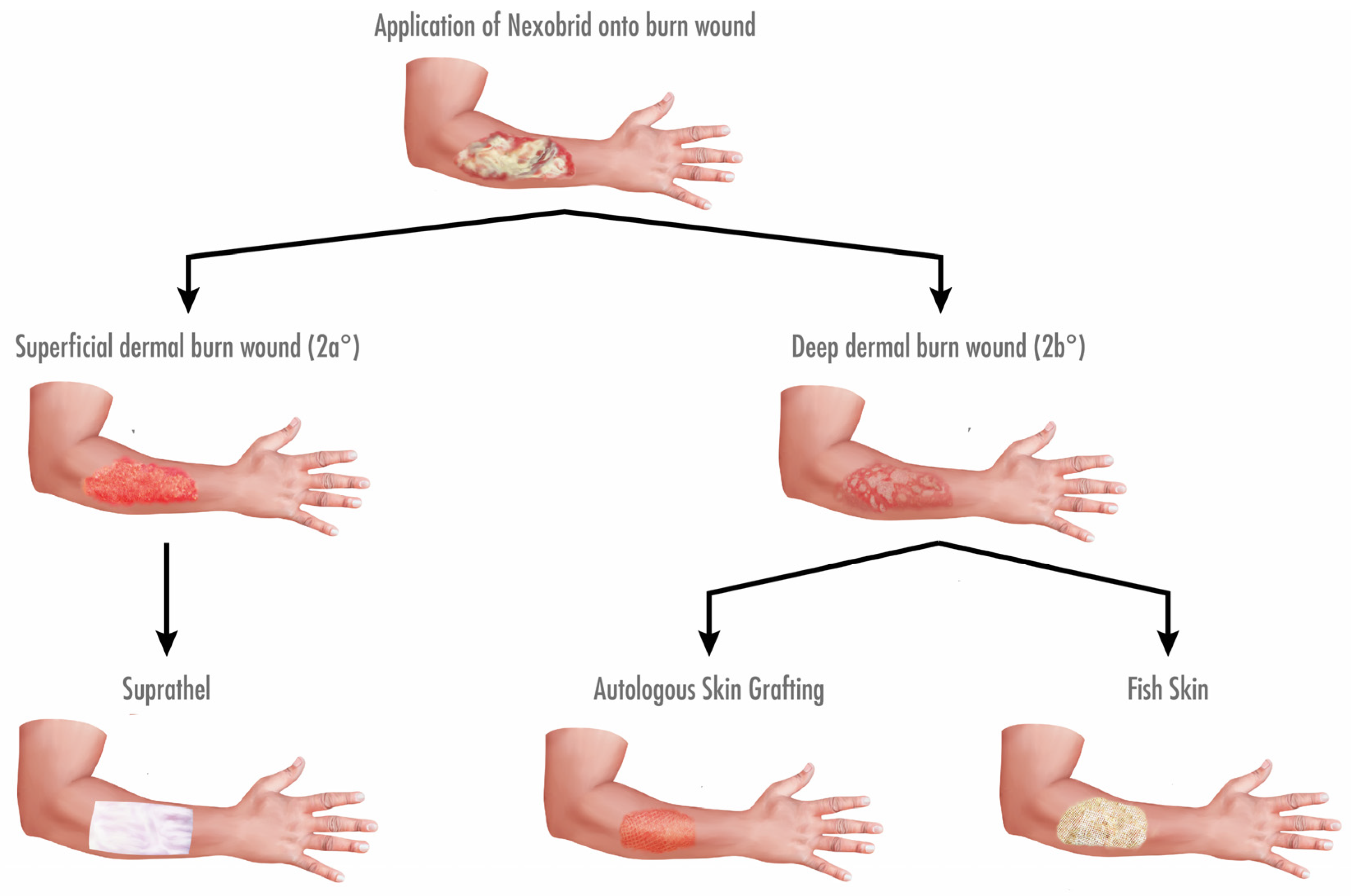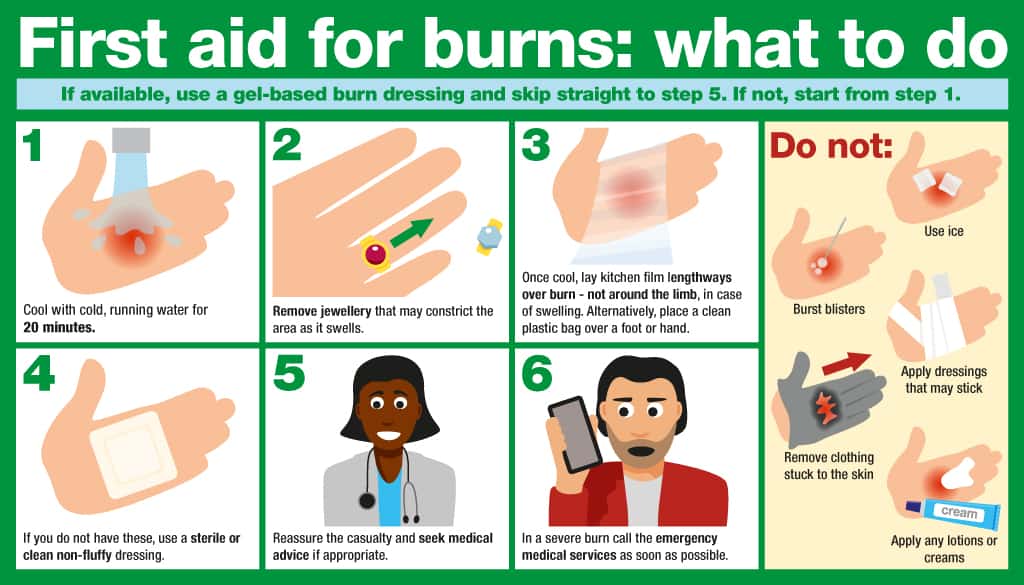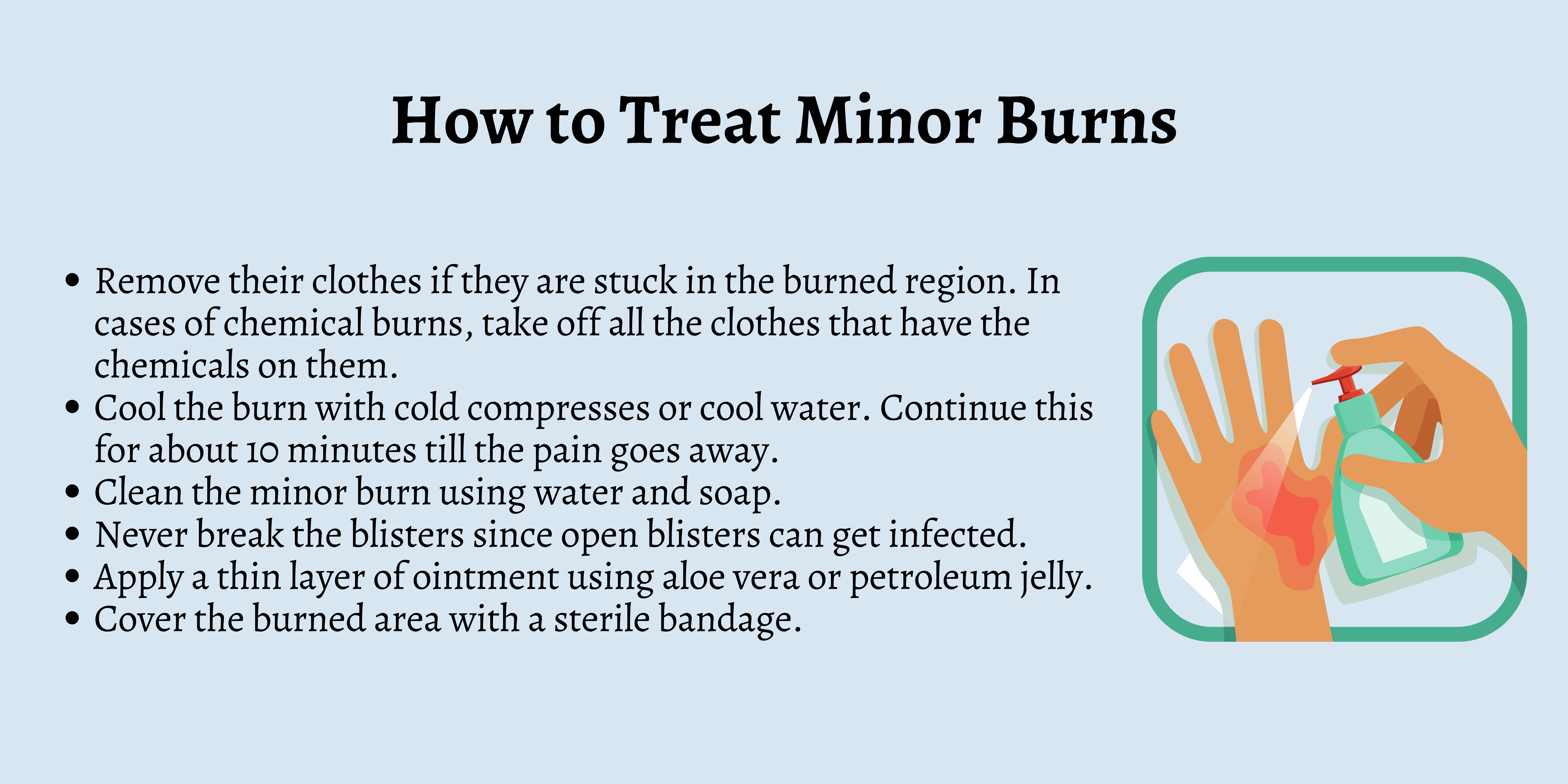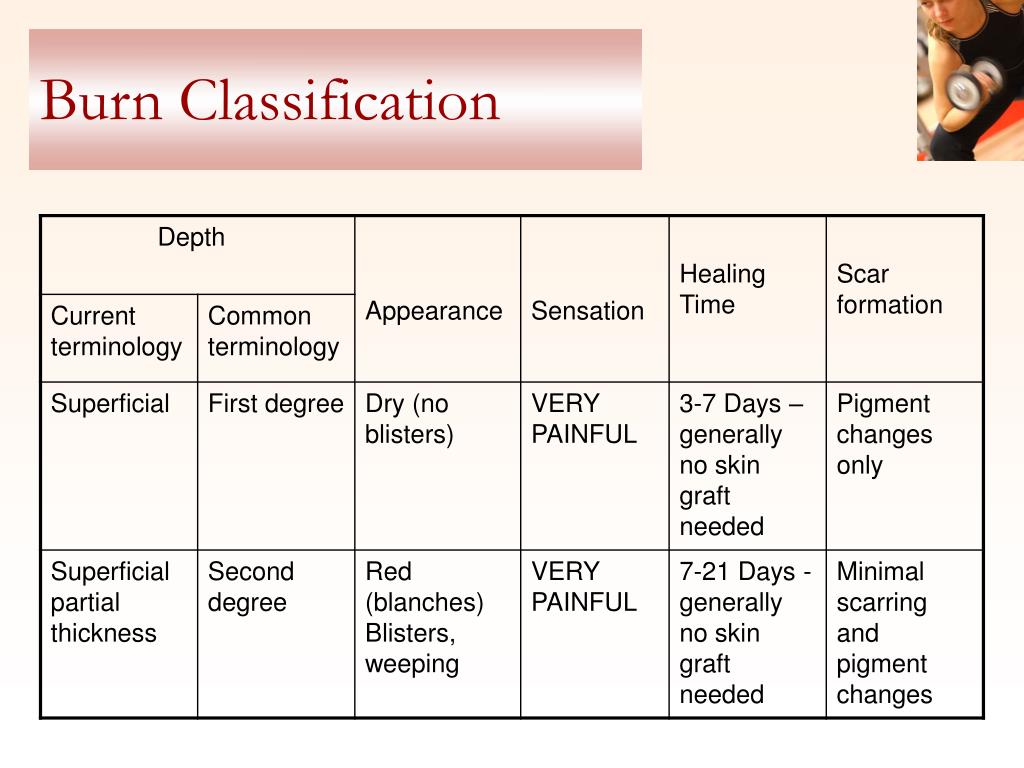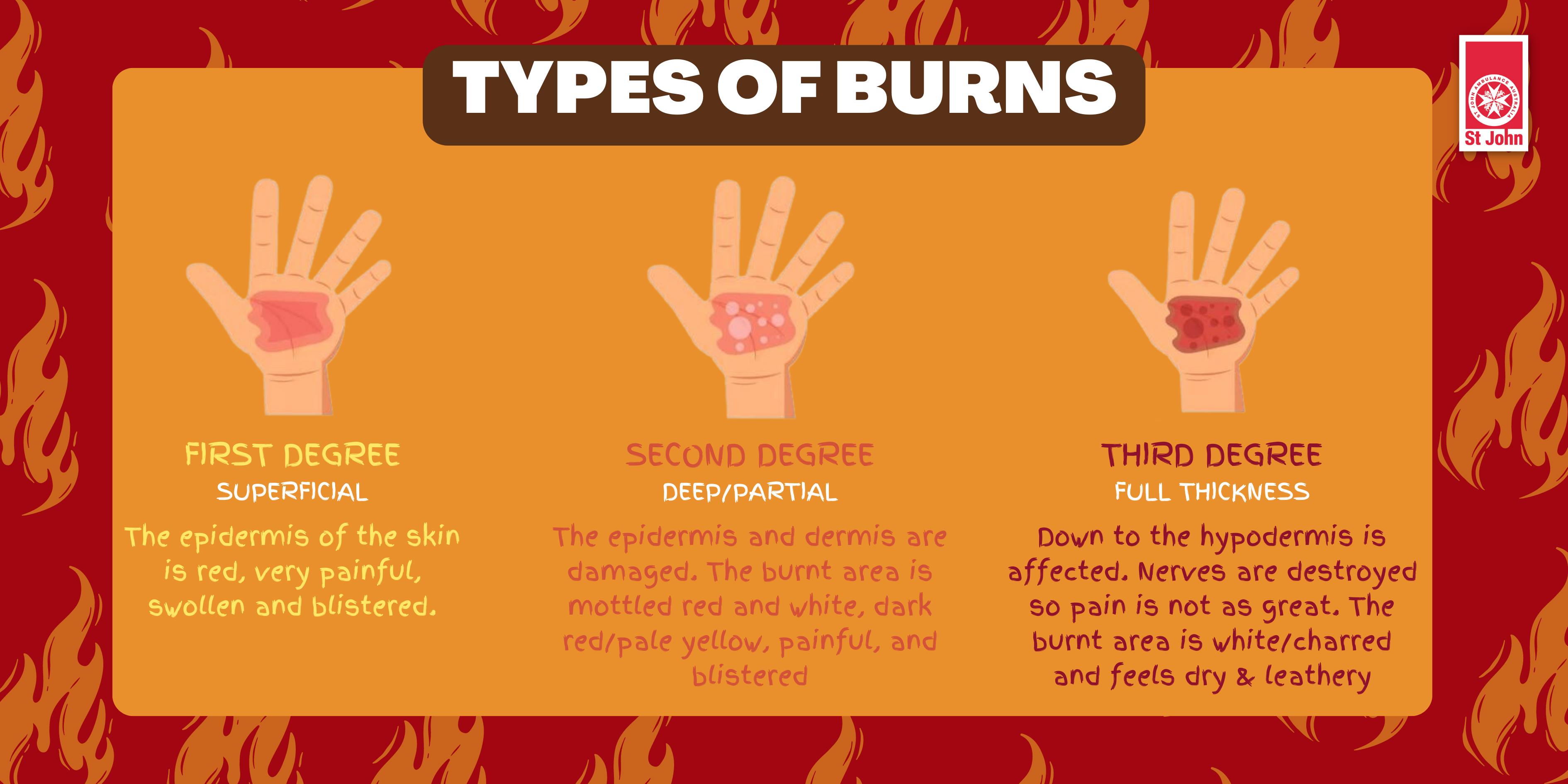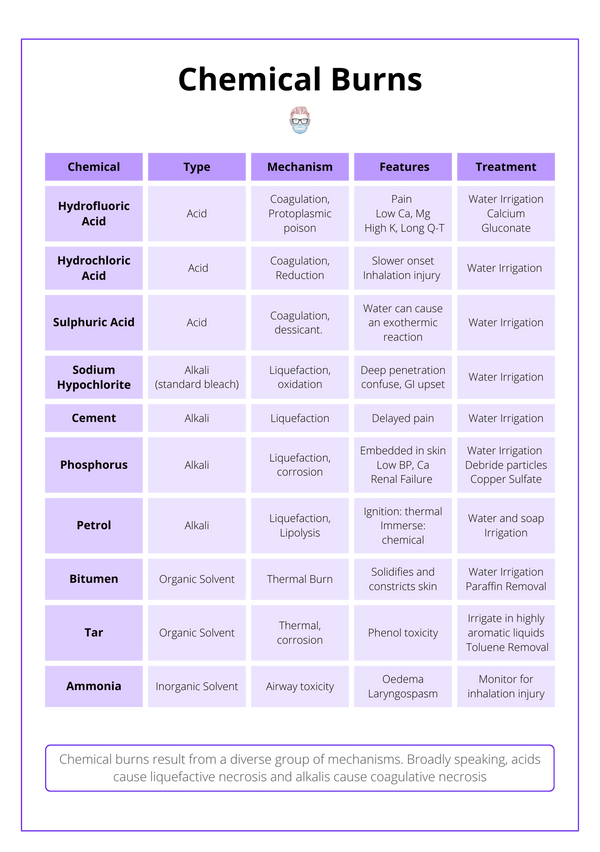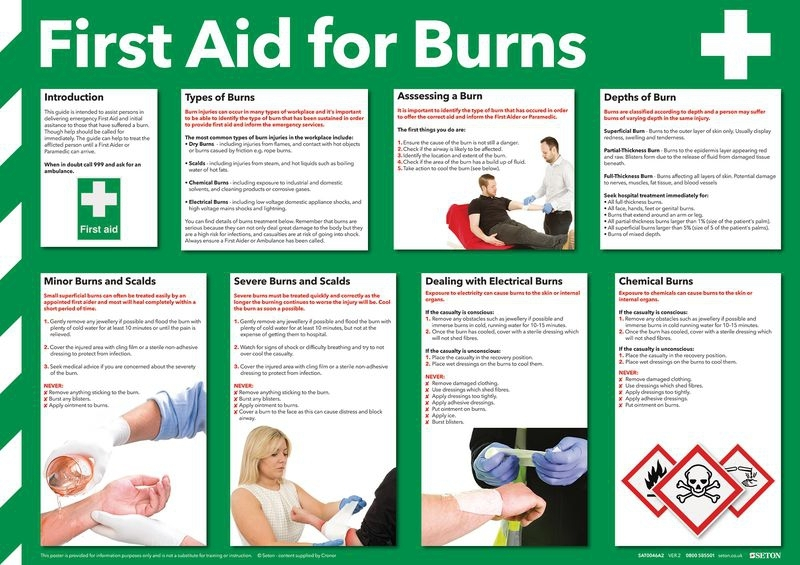Which Of The Following Statements Is True About Burn Treatment

Imagine a kitchen, bustling with the warmth of a family meal being prepared. Laughter mixes with the sizzle of food, creating a comforting symphony. But in a flash, a moment of carelessness – a hand too close to a hot pan, a splash of boiling water – can shatter the peace, leaving behind the stinging reality of a burn.
Knowing what to do in those critical first moments can make all the difference between a minor inconvenience and a lasting injury. With countless myths and old wives' tales circulating, it's essential to separate fact from fiction when it comes to burn treatment. This article aims to clarify which common statements about burn care are actually true, equipping you with the knowledge to respond effectively and appropriately in a burn emergency.
Understanding Burn Severity
Before delving into treatment specifics, it's important to understand the different classifications of burns. First-degree burns, like a mild sunburn, affect only the outer layer of skin, the epidermis. They typically cause redness, pain, and minor swelling.
Second-degree burns damage the epidermis and part of the dermis, the layer of skin beneath. These burns are characterized by blisters, intense pain, and potential scarring.
Third-degree burns are the most severe, destroying both layers of skin and potentially affecting underlying tissues like fat, muscle, and even bone. Third-degree burns can appear white, leathery, or charred, and may be surprisingly painless due to nerve damage.
Statement 1: Cool Water is the Best First Response
True. Applying cool (not ice-cold) water to a burn immediately is crucial. The American Academy of Dermatology recommends running cool water over the burn for 10-20 minutes.
This helps to stop the burning process, reduce pain, and minimize the severity of the injury. Avoid ice, as it can cause further tissue damage and even hypothermia.
Statement 2: Butter is a Good Remedy for Burns
False. This is a common misconception that can actually worsen the burn. Butter traps heat, increases the risk of infection, and can make it more difficult for medical professionals to assess the burn later.
Other household items like oils, toothpaste, and raw eggs should also be avoided for the same reasons. Focus on cooling the burn with water and seeking professional medical advice.
Statement 3: All Blisters Should Be Popped
False. Intact blisters actually provide a natural barrier against infection. Breaking them increases the risk of bacteria entering the wound.
If a blister is large, painful, or in a location where it's likely to break on its own, a medical professional may choose to drain it under sterile conditions. Otherwise, it's best to leave blisters intact.
Statement 4: Minor Burns Can Be Treated at Home
True, but with caveats. First-degree burns and small, clean second-degree burns (less than 2-3 inches in diameter) can often be managed at home.
After cooling the burn, apply a thin layer of antibiotic ointment and cover it with a sterile, non-stick bandage. Change the bandage daily and watch for signs of infection like increased pain, redness, swelling, or pus.
Statement 5: Honey Can Help Heal Burns
Potentially True, with Research Support. Some studies suggest that honey has antimicrobial and wound-healing properties. Medical-grade honey can be used to help heal minor burns.
However, it's important to use sterile medical-grade honey specifically designed for wound care. Regular honey from the grocery store may contain bacteria and should not be used on burns.
Statement 6: Third-Degree Burns Can Always Be Treated At Home
False. Third-degree burns are always a medical emergency and require immediate professional attention. Call 911 or go to the nearest emergency room.
Do not attempt to treat third-degree burns at home. Focus on protecting the burned area from further injury and ensuring the person's airway is clear.
Knowing When to Seek Medical Attention
While some burns can be managed at home, it's important to recognize when professional medical help is needed. Seek immediate medical attention for:
- Third-degree burns
- Burns that cover a large area of the body
- Burns on the face, hands, feet, genitals, or major joints
- Burns that are deep or involve muscle or bone
- Electrical burns
- Chemical burns
- Inhalation burns (signs include difficulty breathing, coughing, or hoarseness)
- Burns in infants or young children
- Burns in people with underlying health conditions like diabetes or heart disease
Even if a burn seems minor, if you are unsure about how to treat it or if you notice any signs of infection, it's always best to consult with a doctor or other healthcare professional. They can properly assess the burn and recommend the most appropriate treatment plan.
Prevention is Key
The best way to treat burns is to prevent them from happening in the first place. Here are a few simple steps you can take to reduce your risk of burns:
- Keep hot liquids and objects out of reach of children.
- Test the temperature of bathwater before getting in.
- Use oven mitts or potholders when handling hot cookware.
- Wear sunscreen to protect your skin from sunburn.
- Install smoke detectors in your home and test them regularly.
- Be careful when using flammable liquids.
- Never leave cooking unattended.
By taking these precautions, you can significantly reduce your risk of experiencing a burn injury.
Burns, even minor ones, can be painful and disruptive. Knowing the facts about burn treatment and acting quickly and appropriately can minimize the damage and promote healing. But beyond the practical steps, remember that burns are a reminder of our vulnerability, an opportunity to practice compassion, both for ourselves and for others who have experienced similar injuries. May this knowledge empower you to respond effectively and with care, should you ever encounter a burn emergency.

